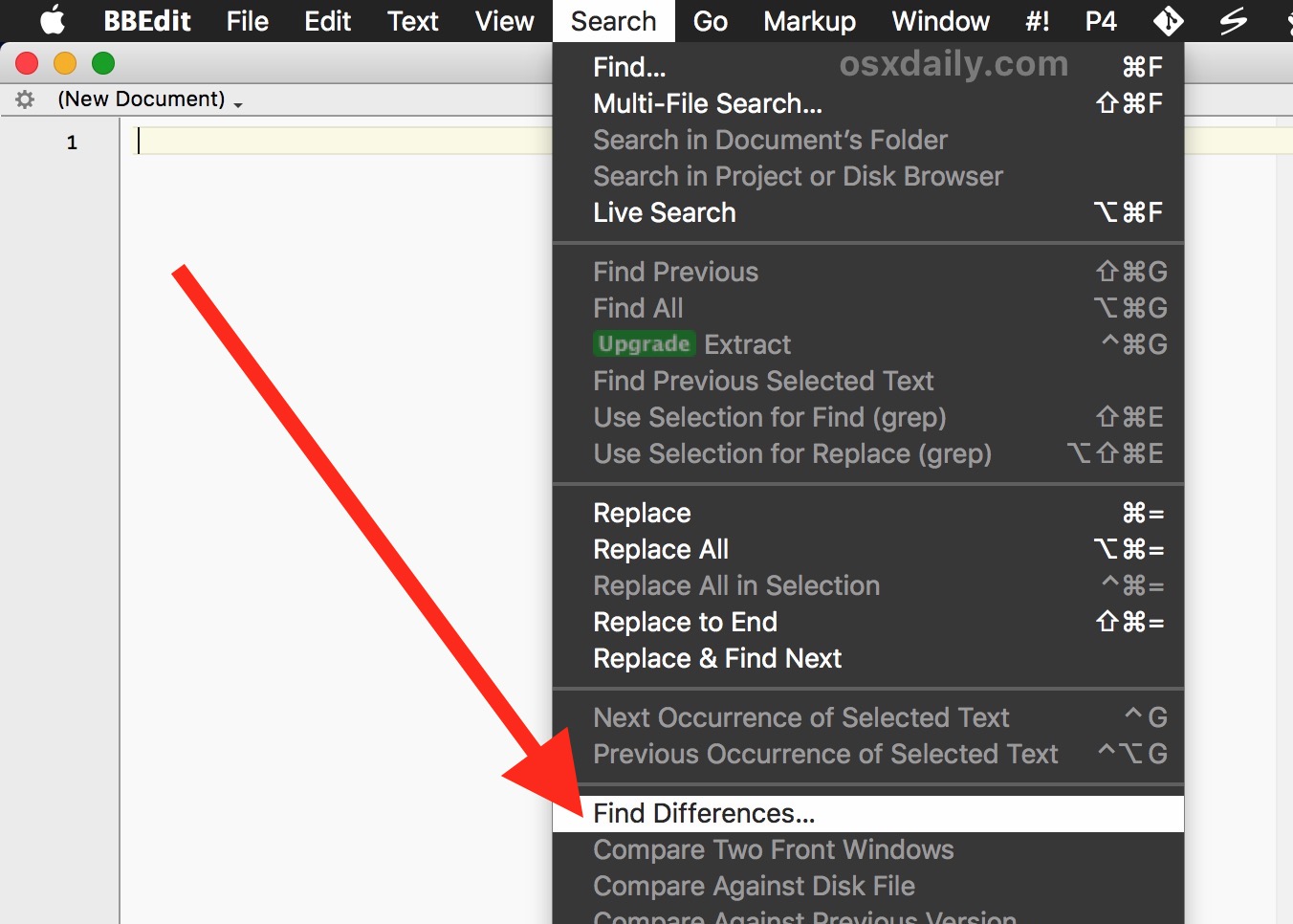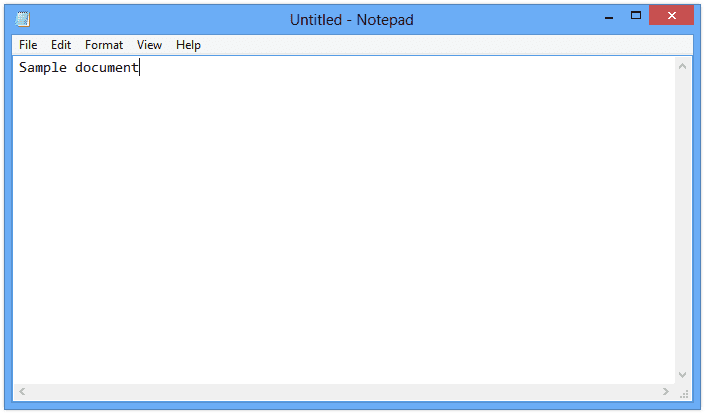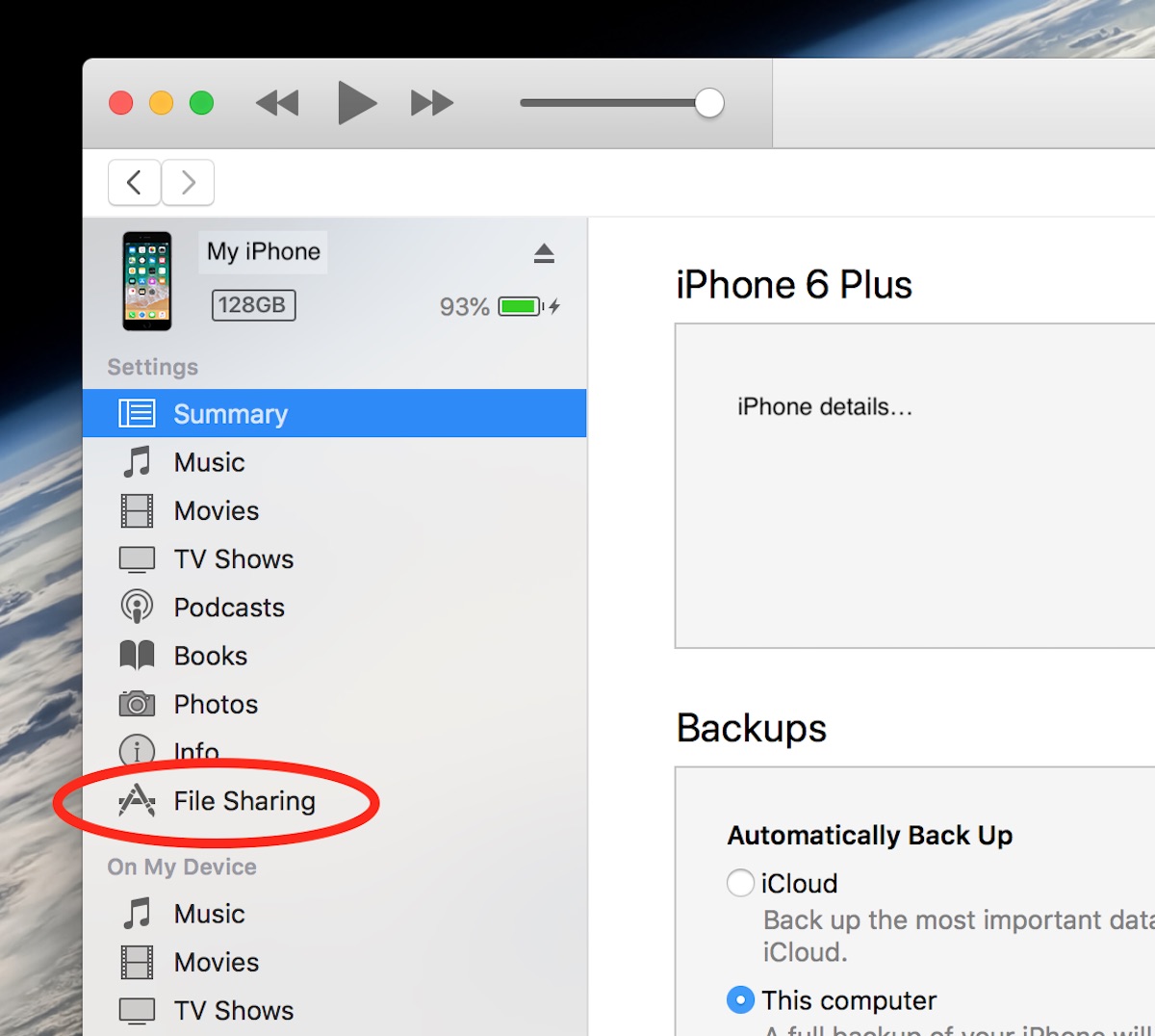
- #HOT TO RUN A MAC TEXT FILE HOW TO#
- #HOT TO RUN A MAC TEXT FILE CODE#
- #HOT TO RUN A MAC TEXT FILE PASSWORD#
It seems confusing, right!! But the difference between them is a long debate that’s relatively hard to answer. It means coding is a bigger picture and includes more than just scripting. ScriptsĬoding Is a Genre Scripting Is a Subgenre.
#HOT TO RUN A MAC TEXT FILE CODE#
Hence, this article will explain numerous ways of executing a python code depending on the platform, environment, requirements, and expertise.Ībove, you must have encountered two terms, code and scripts. Therefore, you need to know the primary differences between code and scripts before proceeding into other details. It will be the only way of knowing if your code works as intended or not. In that case, it’s of no use, so the primary skill which you need to develop as a Python programmer is running Python scripts or code.
#HOT TO RUN A MAC TEXT FILE HOW TO#
Now, Suppose you plan to explore Python Programming but don’t know how to execute python code. There are around 700 programming languages like C, C++, Java, C#, Python, PHP, Ada, etc., and studying programming fundamentals can set you apart from your equivalents, giving you a competitive edge in this technology-driven world. Do not change this entry.Ģ55. innovative humans created an easier way of communicating with computers known as “Programming Languages.”

# localhost is used to configure the loopback interface If you ever make a mistake and you’re not sure how to fix it, you can always restore the default hosts file contents by using one of the methods above to enter the following default information: Our examples mentioned blocking and redirecting distracting sites in a work environment but you can also use these steps to manually block access to malicious websites and, of course, other uses as well. When you’re done making changes, press Control-X to exit the editor, Y to save, and Return to overwrite the existing hosts file.Īs we mentioned earlier, make sure to flush your DNS cache if you notice that your new mappings aren’t working properly. Because we launched Nano using sudo, any changes will be authenticated and saved directly to the original hosts file, without the need to copy it outside of its home directory.Ĥ. Just as we did with the TextEdit method above, we can add, edit, or remove hostname mappings at will. To navigate and edit the file in Nano, use the arrow keys on your keyboard.ģ. You’ll now see the hosts file open in the Nano editor or vim or another editor of your choice.
#HOT TO RUN A MAC TEXT FILE PASSWORD#
As with all sudo commands, you’ll need to also enter your admin password to execute it: " sudo nano /private/etc/hosts“Ģ.




 0 kommentar(er)
0 kommentar(er)
